Scenic Byway 12 climbs Boulder Mountain where we stopped at the Homestead Overlook to enjoy the view.
We entered the Grand Staircase-Escalante National Monument south of Dixie National Forest and the town of Boulder.
The internationally famous stretch of byway is called “The Hogsback.”
The road hugs the razorback ridge of slickrock while steep canyons can be seen below.
Cottonwood trees growing along the creeks can be seen from the spectacular vistas here.
Calf Creek Recreation Area is a desert oasis with a 13-site campground, a picnic area, and the Lower Calf Creek Trailhead.
The trail is rated moderately strenuous and is about 6 miles round trip. Most of the trail is sandy and rocky with little shade, making for a very hot hike. Emergency water supplies can be found at each of the markers along the trail.
Areas near the creek were green and lush providing some relief from the arid heat.
Our sweet doggie, Sadie, looked for shade all along the trail to escape the heat. So did the humans on the trail!
When the trail skirted the creek, Sadie jumped right in to cool down. This is the first we have seen her roll over in the water!
Continuing along the trail, eventually the 126’ waterfall came into sight.
And it was as spectacular as the literature said it would be!
Other hikers were swimming in the cool pool and Sadie loved it, too! As always, she met lots of new friends here.
We spent some time exploring the area and enjoying the beauty of this unique place. It is such an unexpected delight in the middle of an arid environment.
About a mile into our return 3-mile, John started feeling very light-headed. He was so weak that he could not stand or sit, and had to lay down next to the trail. He rested and drank more of the water we still had, but could only continue for a very short distance. After several attempts to continue the hike, a couple came upon us on the trail. As luck would have it, he was a cardiologist. He immediately saw that John was struggling and found his pulse, rapid and uneven. Concerned that John’s heart was in afib and he advised him to rest; drink as much water as possible; and he and his wife would return to the campground to call 911 for medical assistance. (We had no mobile signal as we were in a remote part of Utah.)
Drinking lots of water (including some of the emergency water on the trail) and resting frequently, we made it about 1.5 miles closer to the campground, bit by bit. At that point, the camp host and two other campers (a search-and-rescue guy and an Air Force survivalist), came to our rescue. They had a “metal basket” on a large wheel that they used to transport John the rest of the way on the rocky trail. We were so very thankful for their help. The physician and his wife had, indeed, called 911 and an ambulance was en route.
John, of course, resisted getting into the ambulance, but he had no choice. His pulse was bouncing between 100, 175, 75, 150, etc. Because they could not reach the hospital from the remote recreation area, they drove him to their station (about 50 miles). Sadie and I followed in the Mini. Thankfully, by the time we got there, he was doing much better. They offered to take him to the hospital (another 60 miles away), but, with no chest pain and no afib on the EKG, they concluded it was severe dehydration. All of these volunteers were fantastic and we so much appreciated their help and time on Father’s Day, a Sunday.
With close monitoring and lots of water, John’s pulse gradually returned to normal (65) over the next two days. That was the scariest thing that has happened to us in our travels. More water daily is on the menu, as well as extra caution in arid environments. We are forever grateful to those who came to our rescue that day.
Nonetheless, this is a very beautiful hike. Assure that you are well hydrated before you even begin, and take plenty of water (and drink it) for each person (or pet).
For additional information about Calf Creek Recreation Area and Grand Staircase-Escalnta National Monument, go to www.blm.gov/programs/national-conservation-lands/utah/grand-staircase-escalante-national-monument.
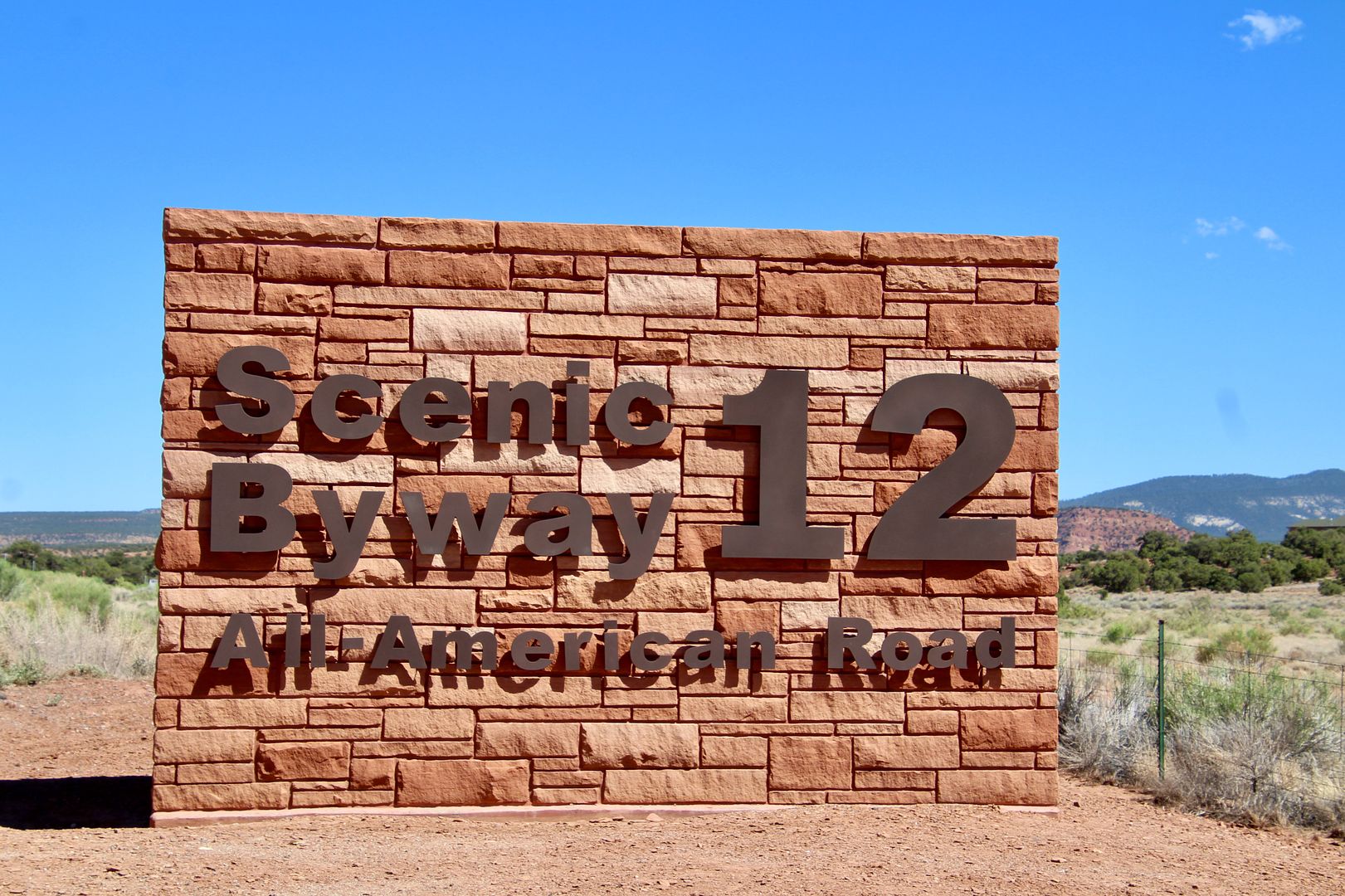

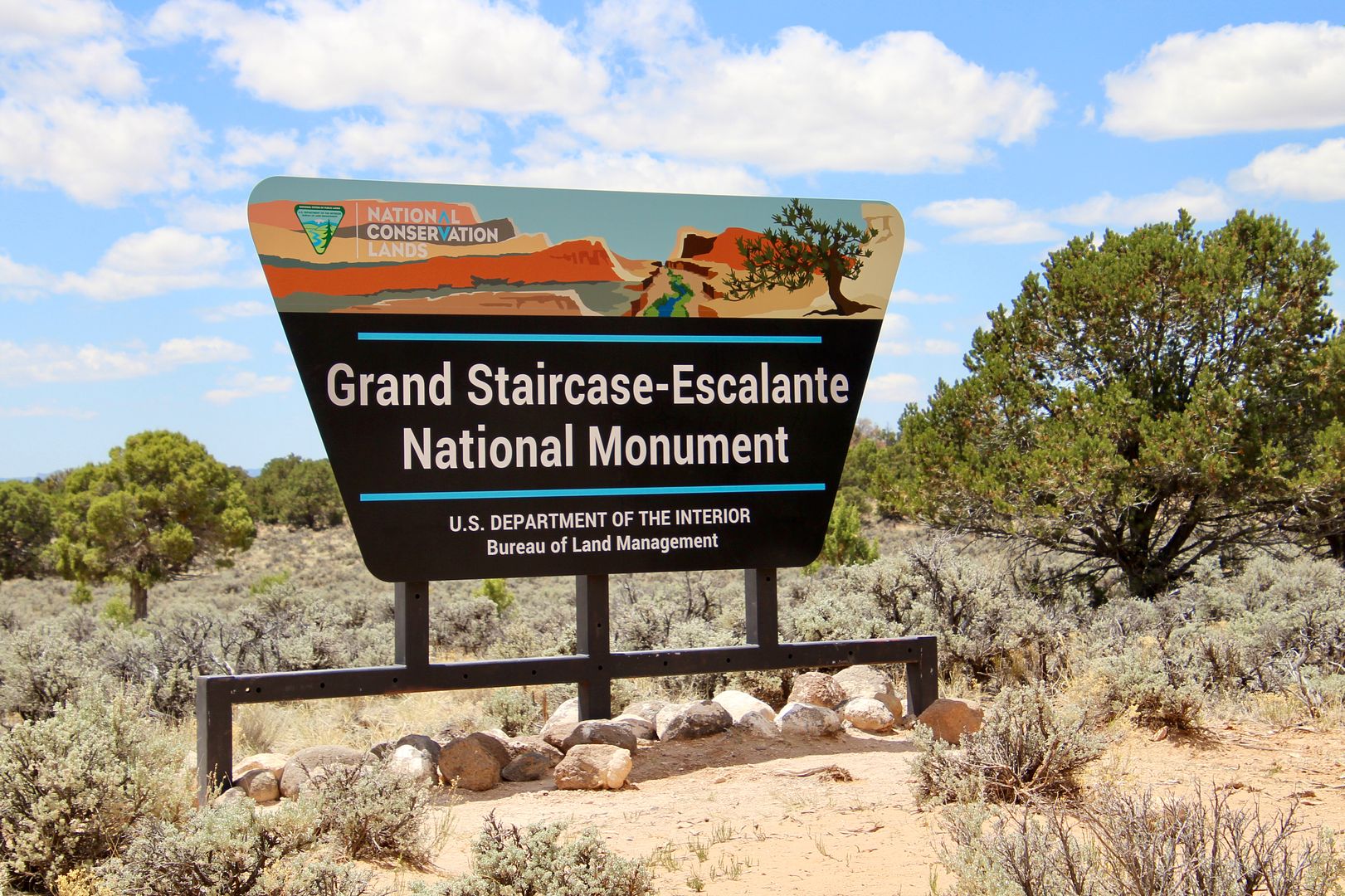
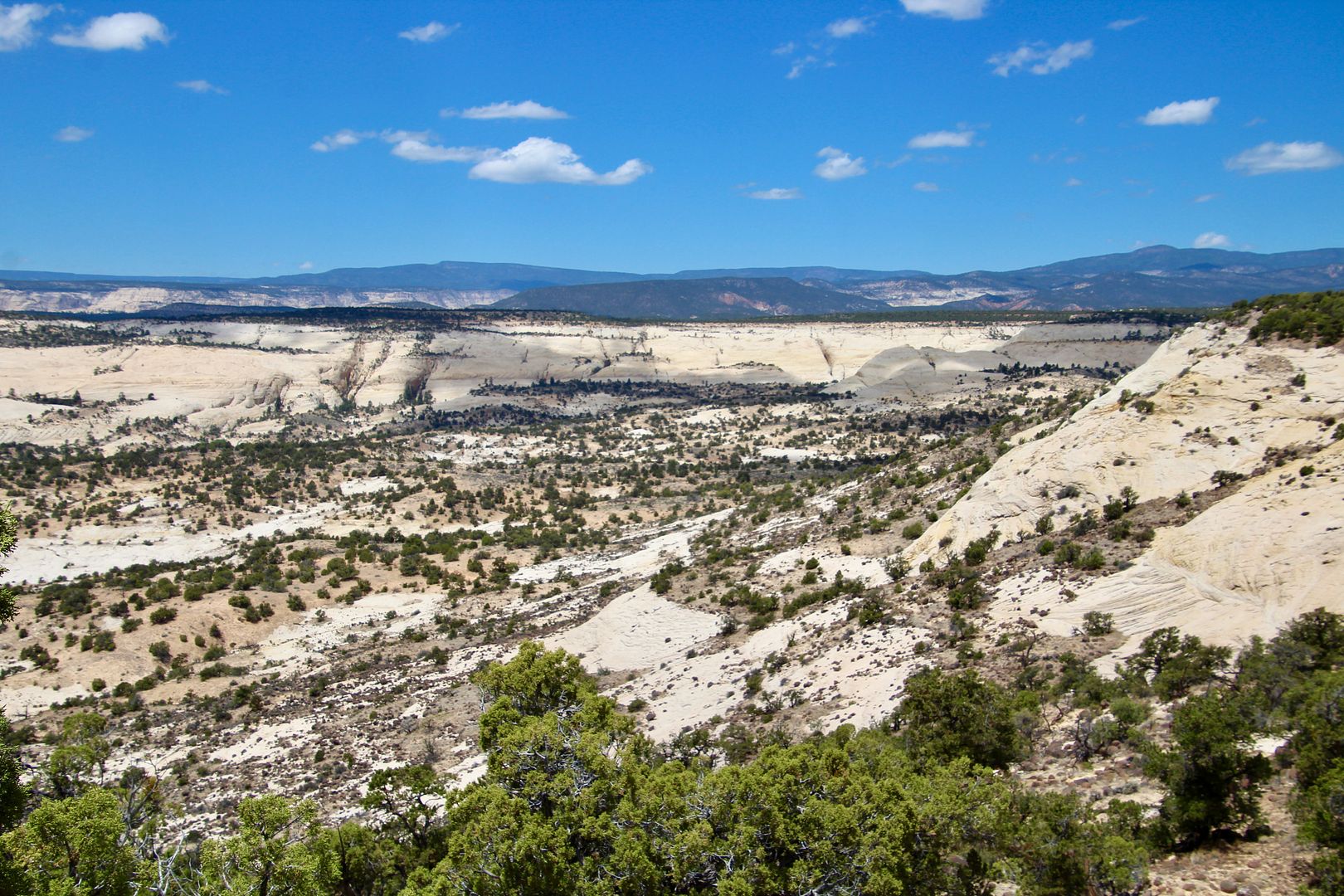
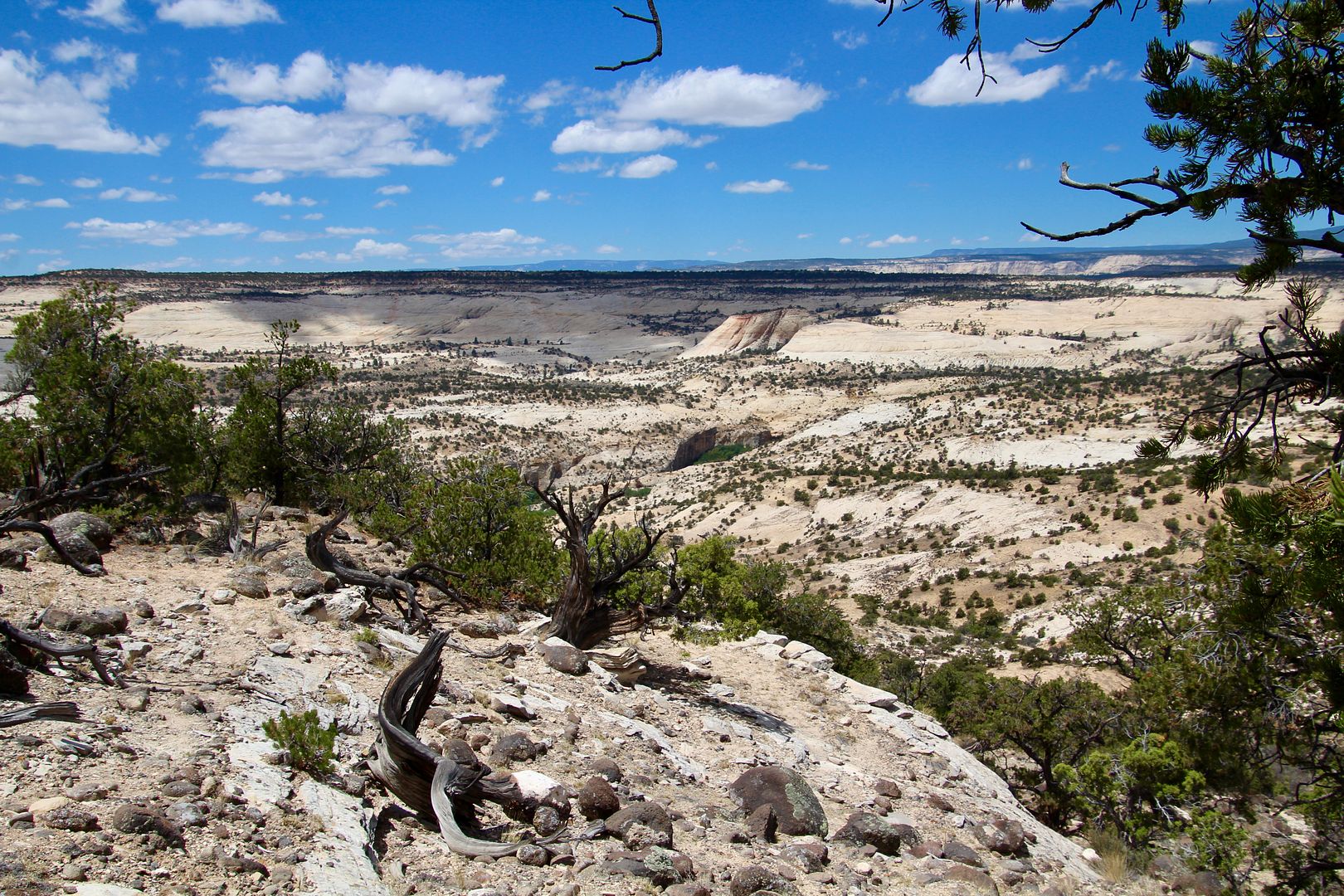
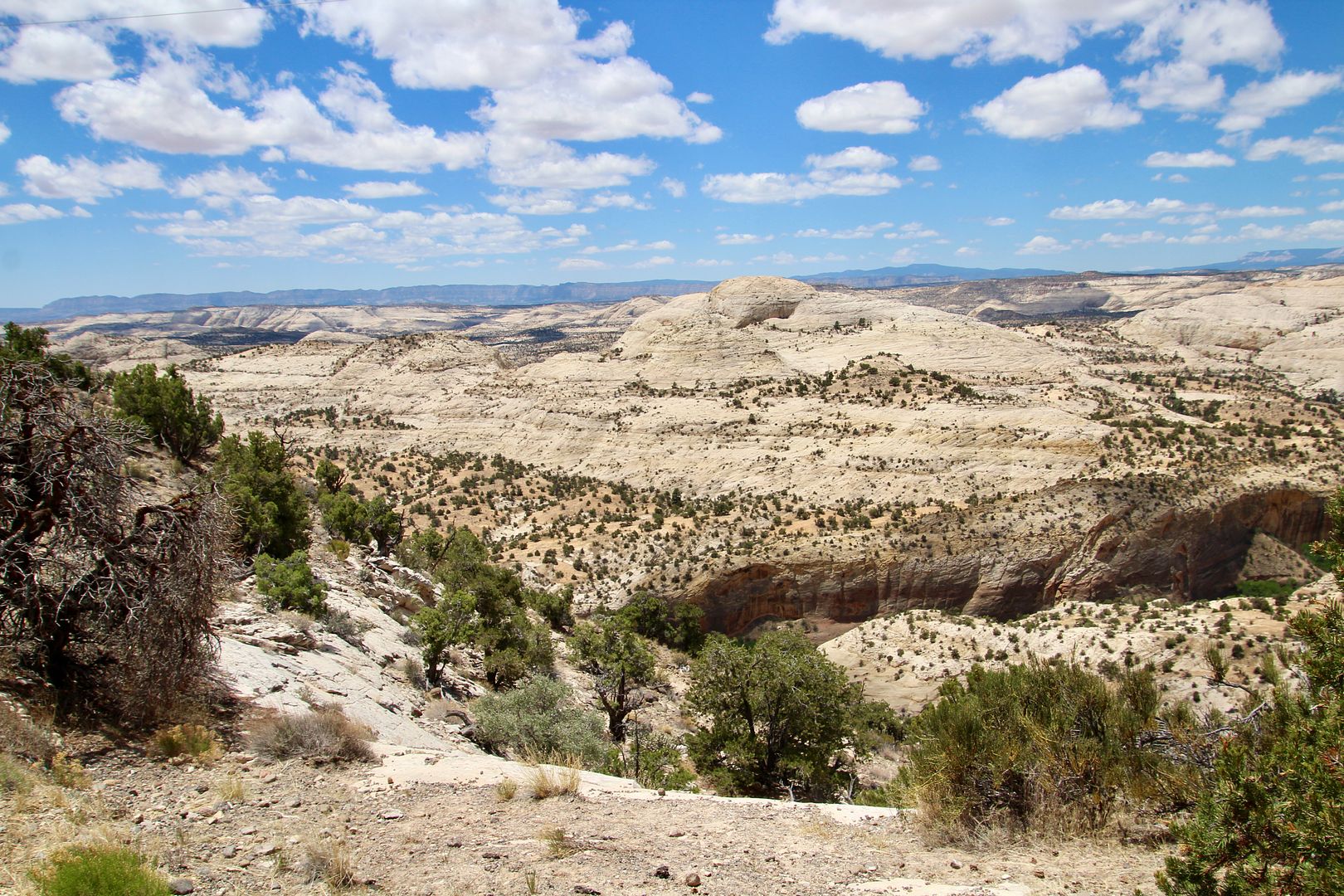

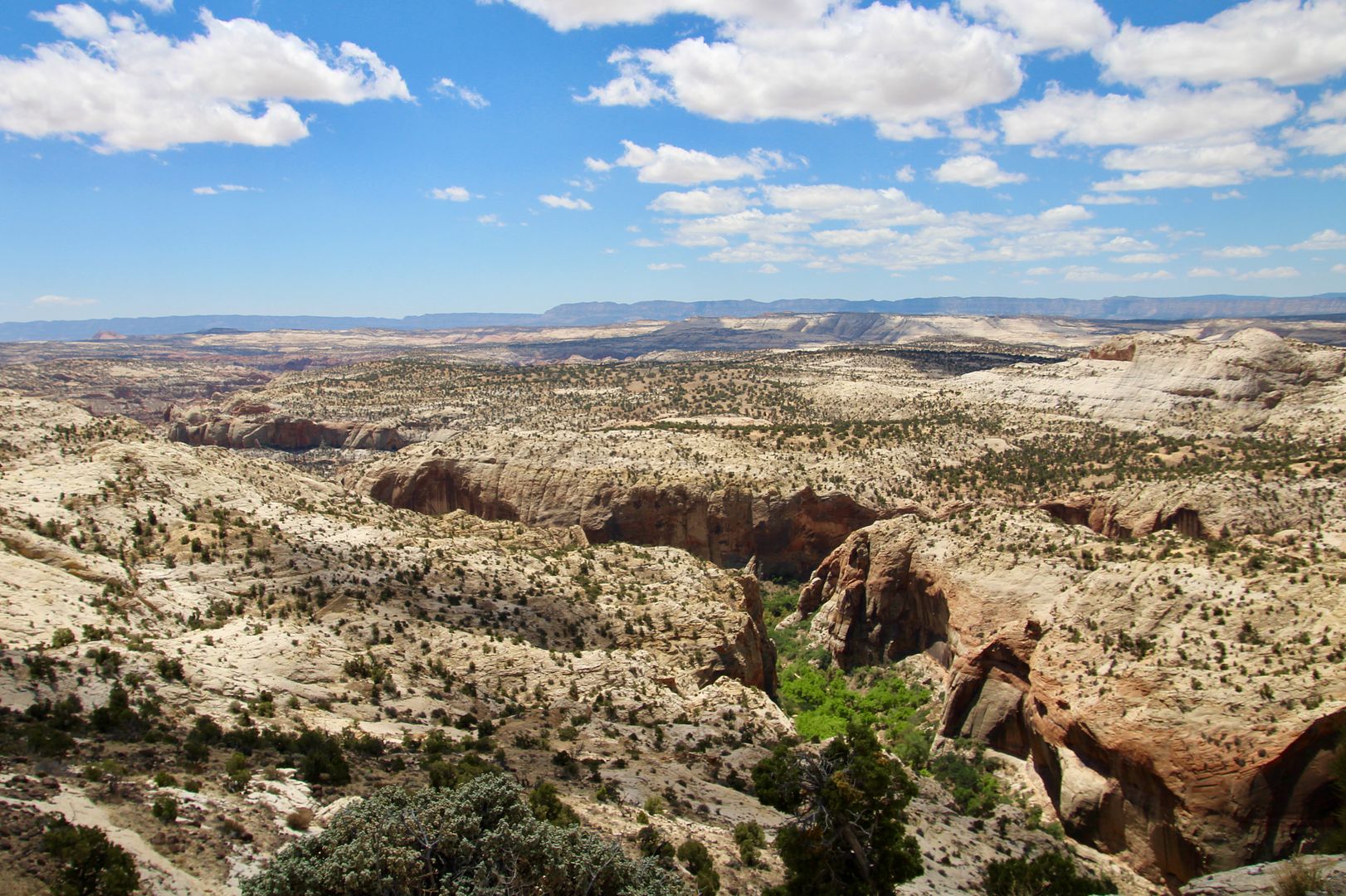
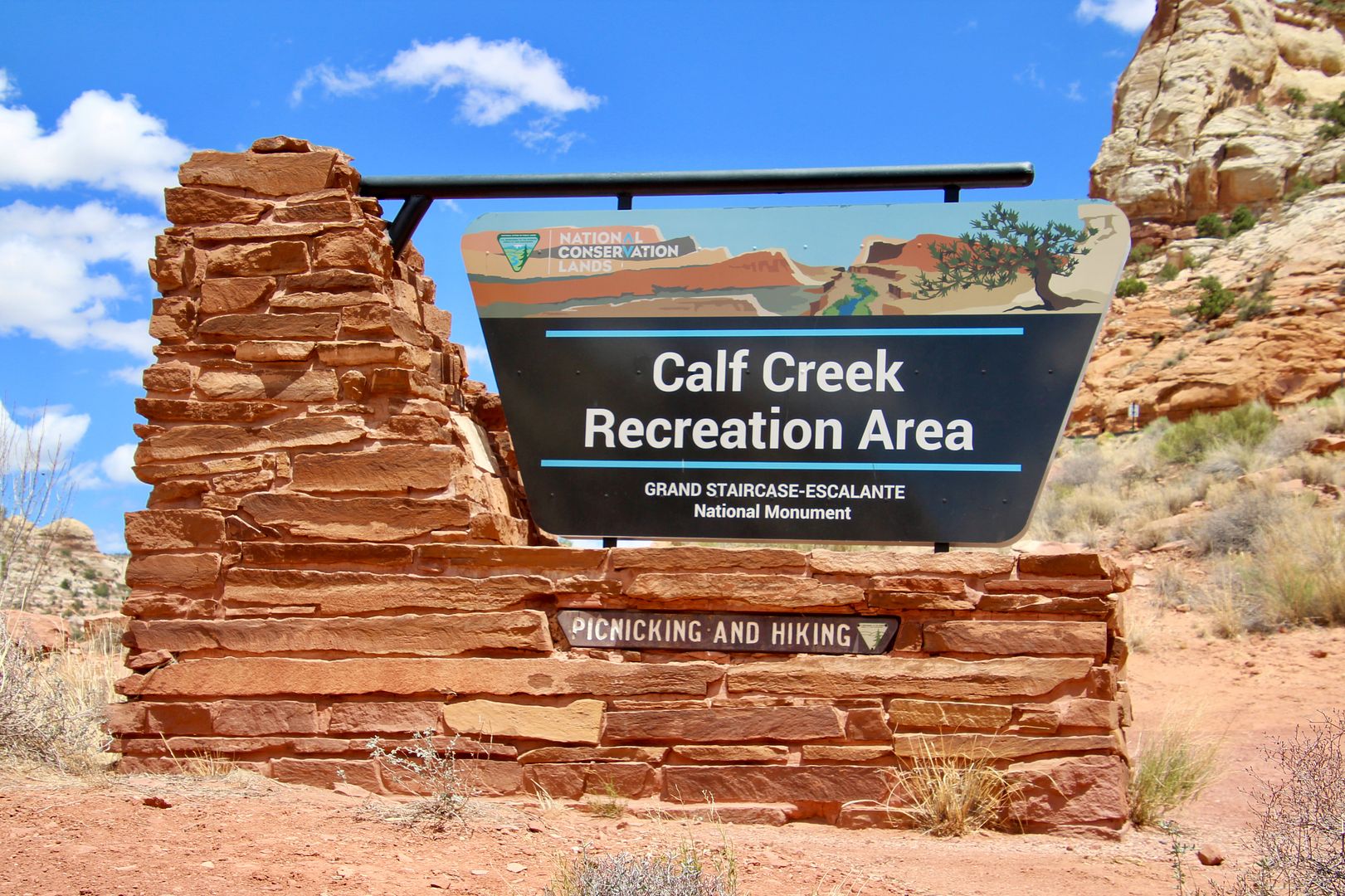
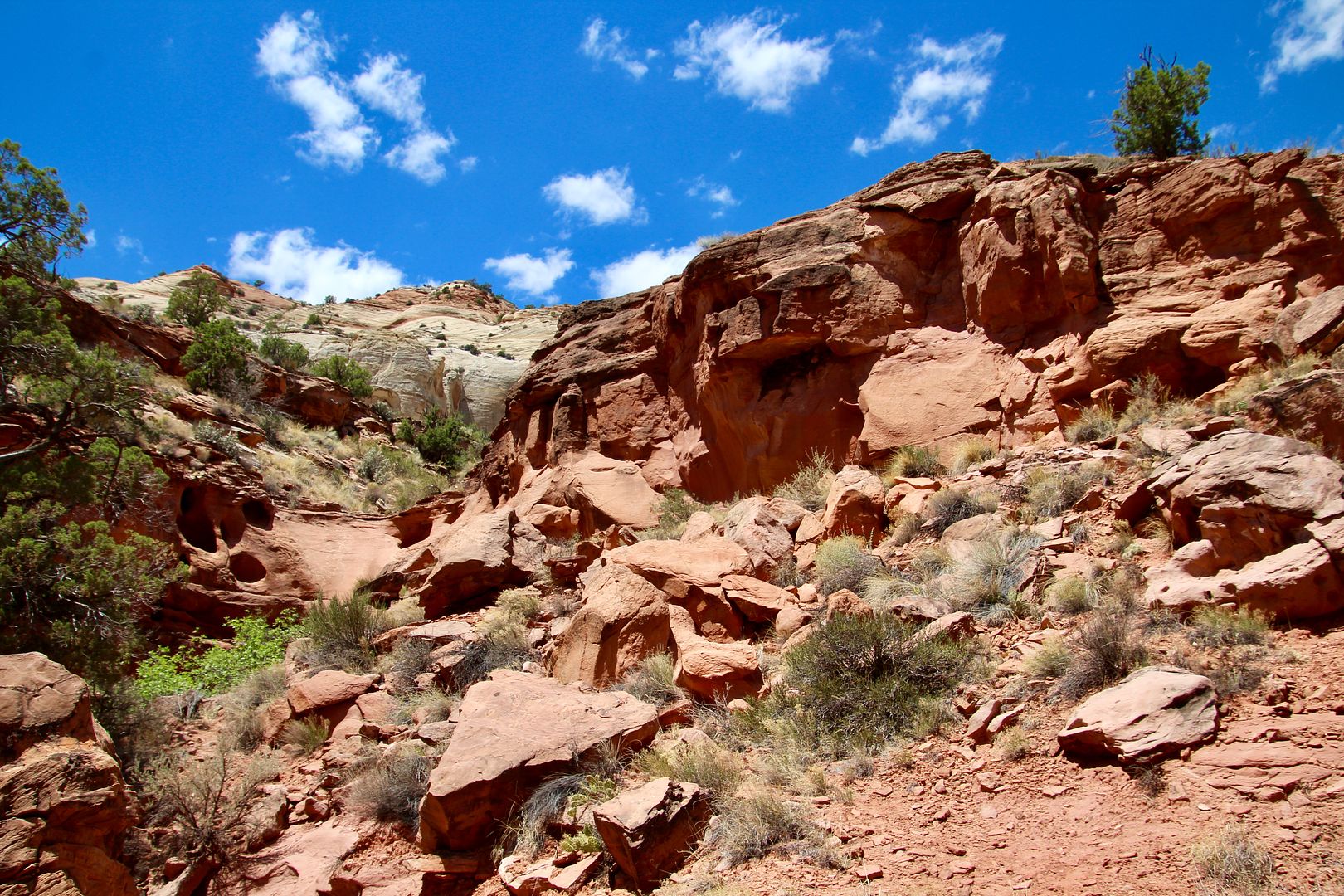
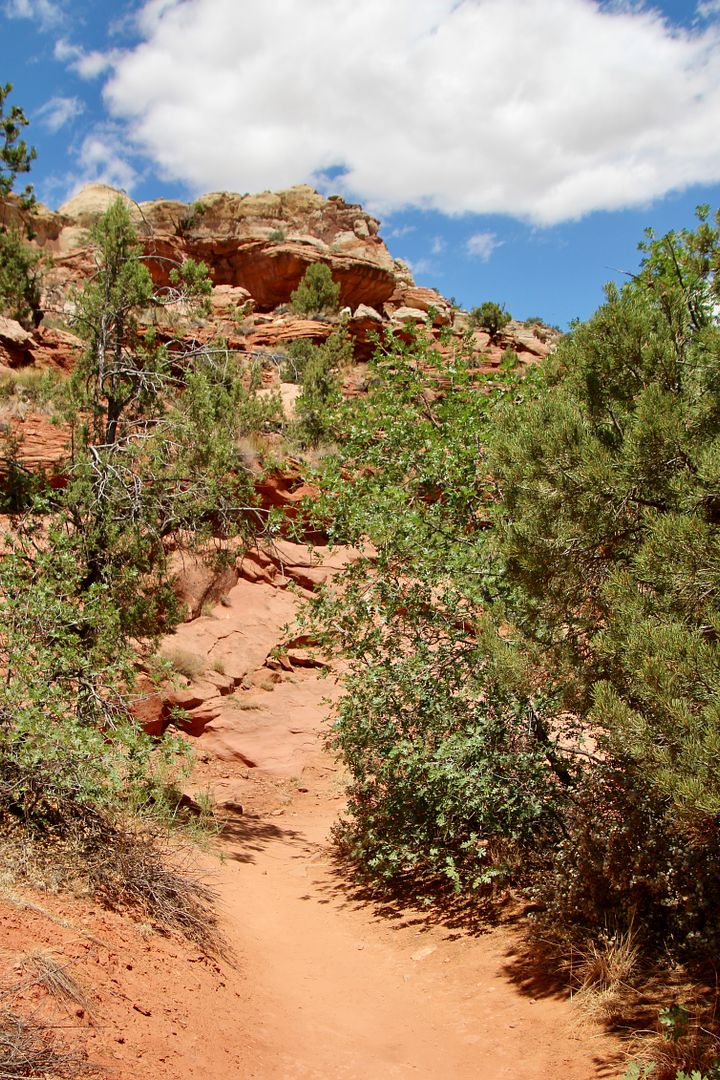
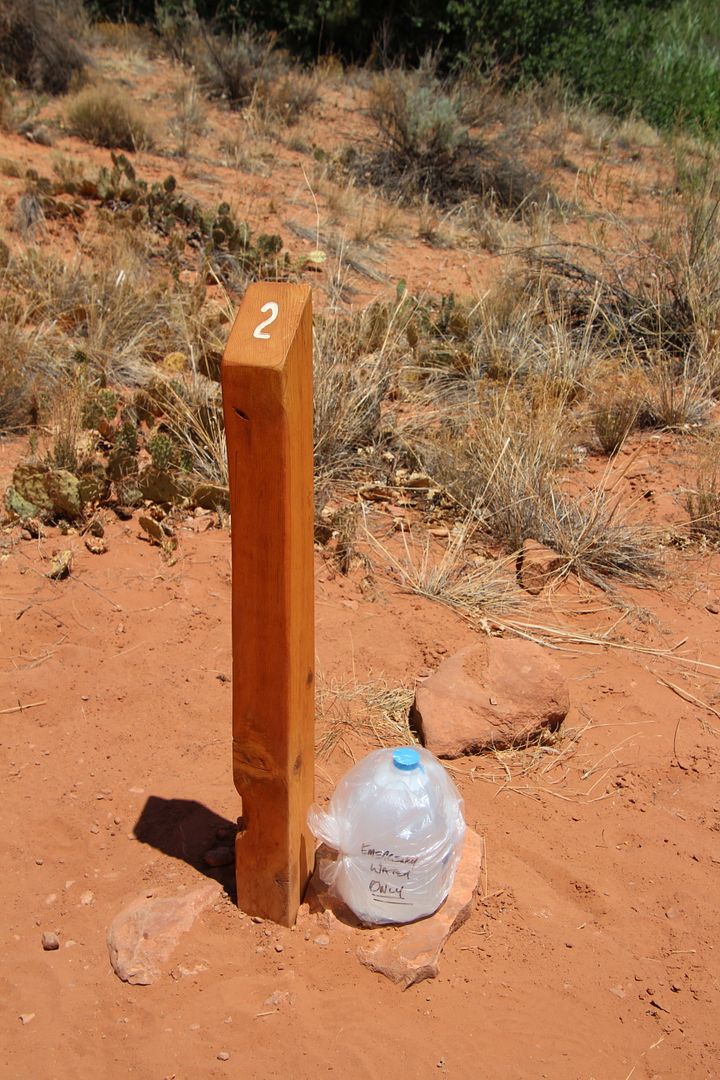
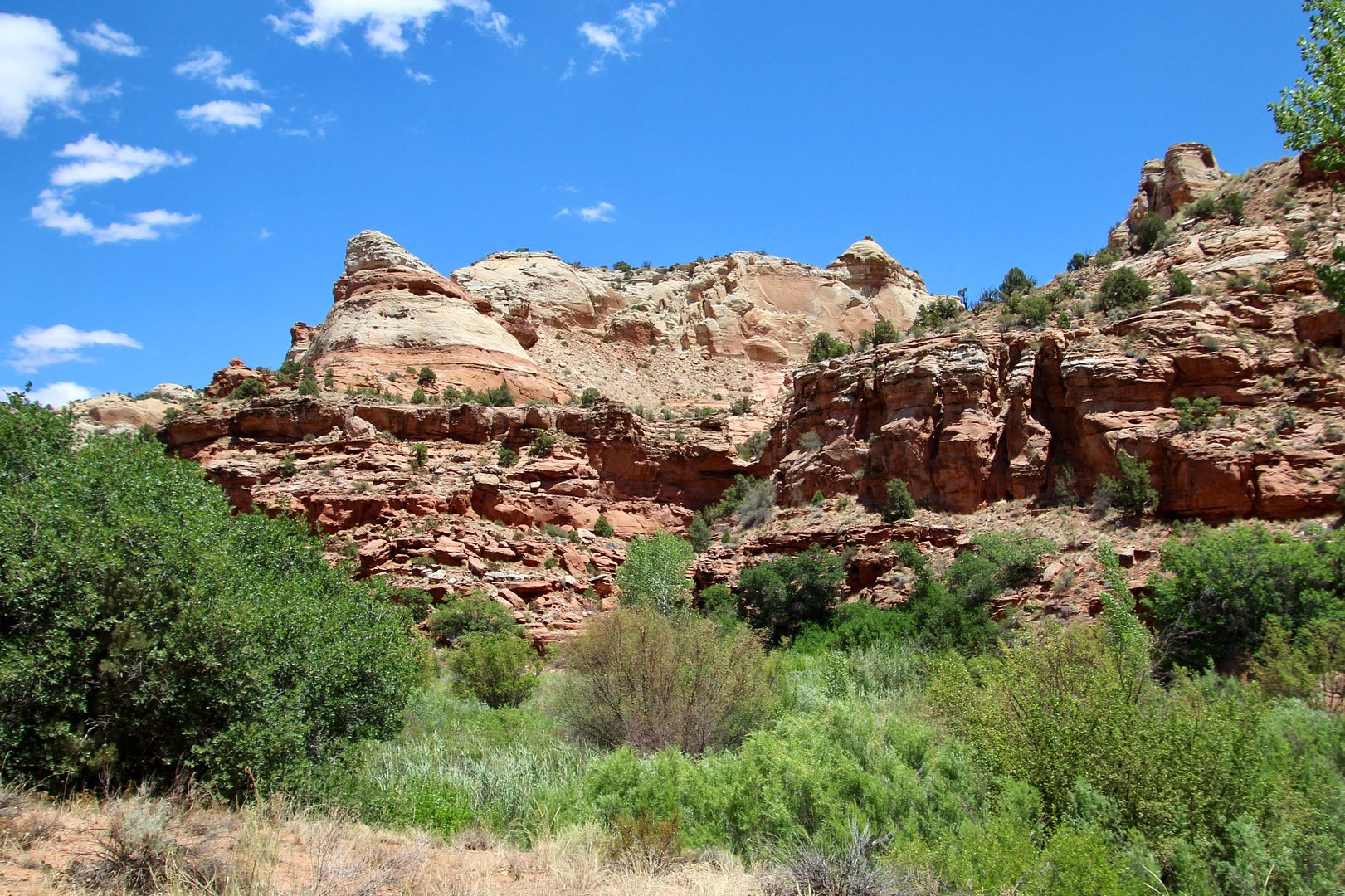
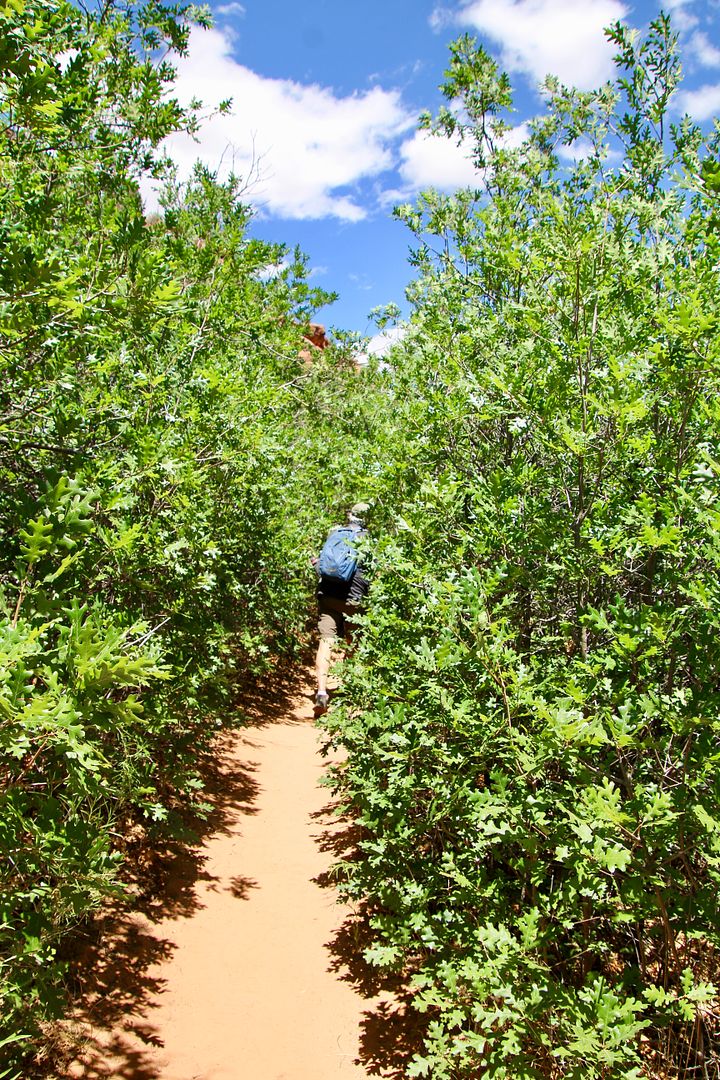
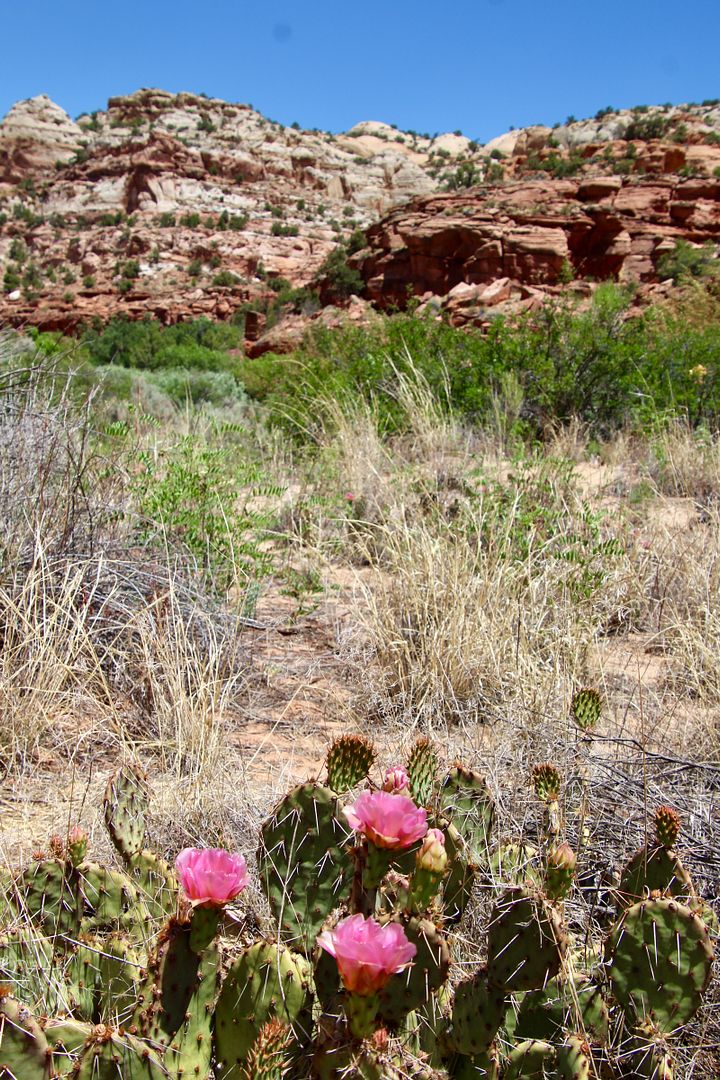
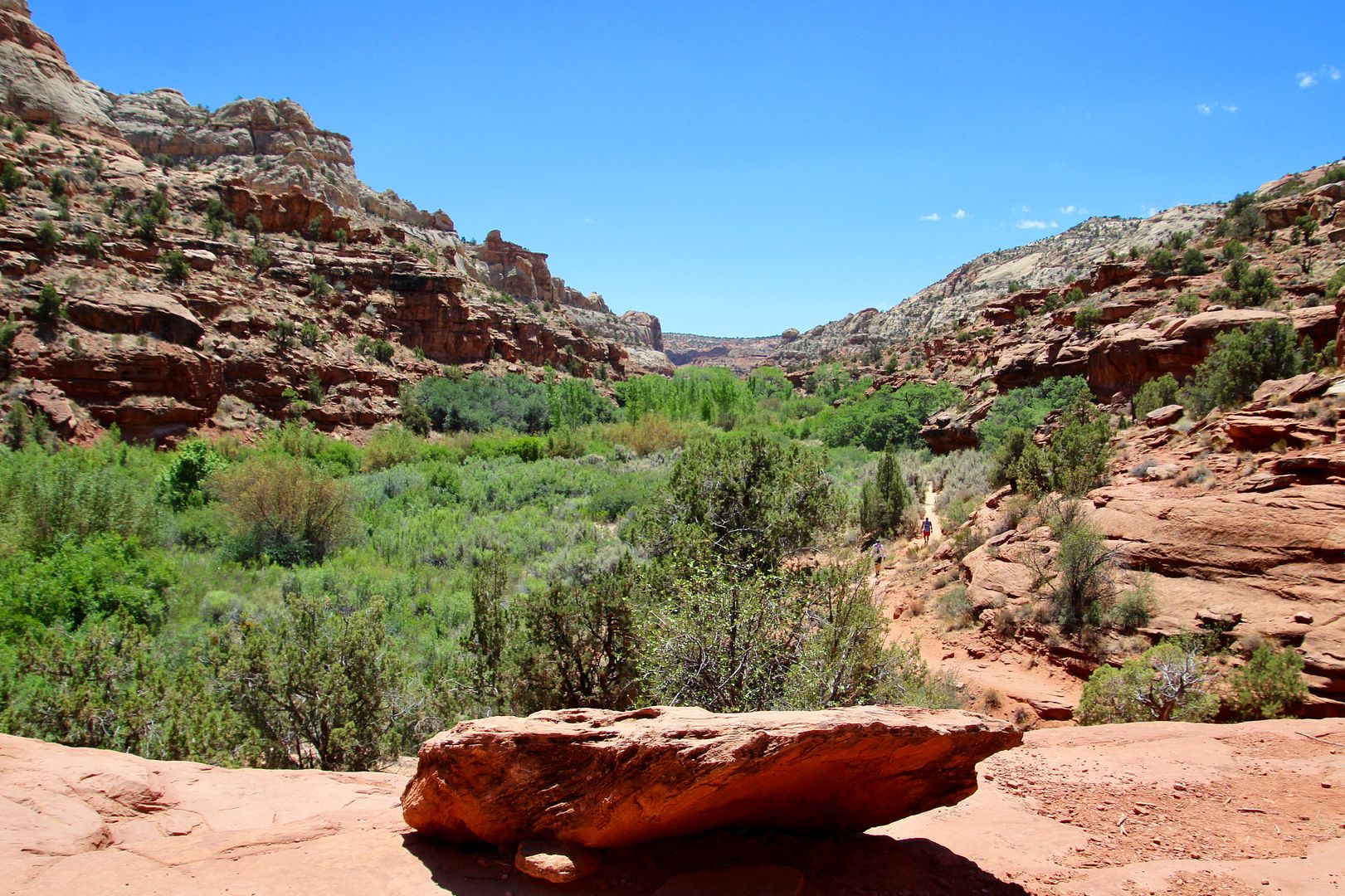

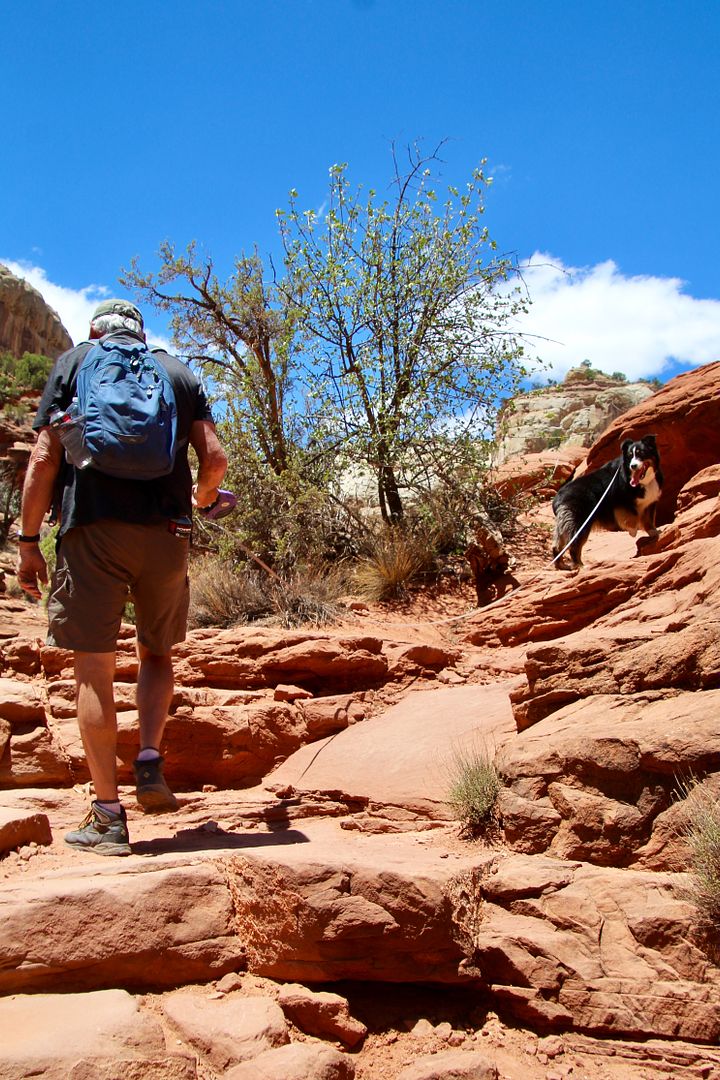


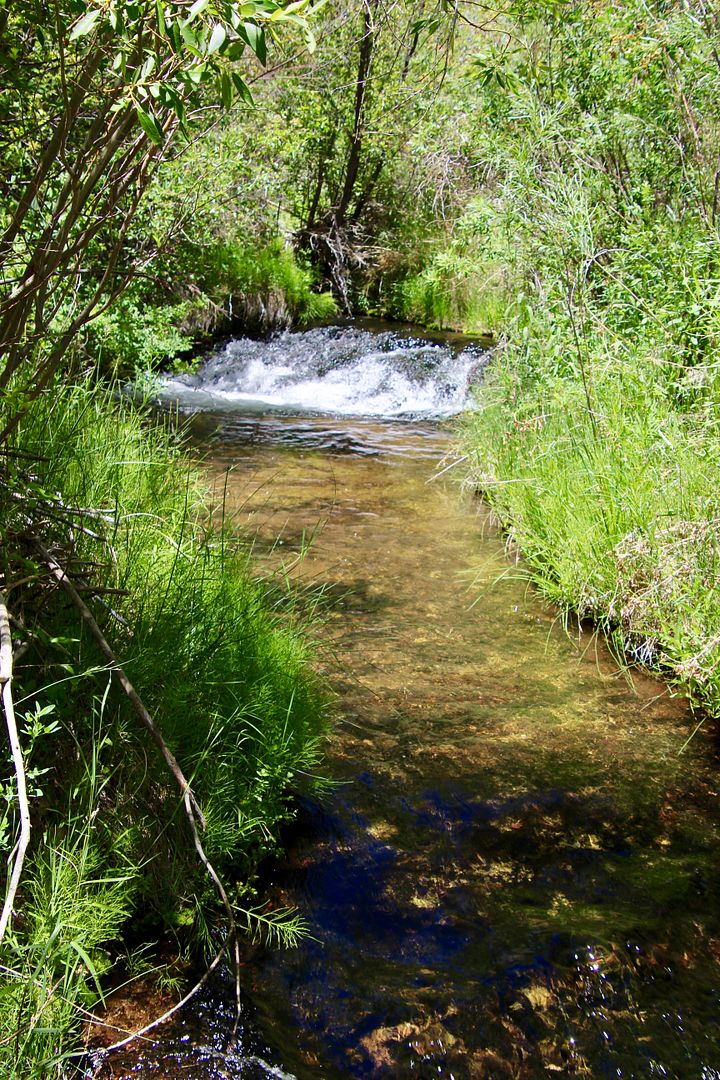
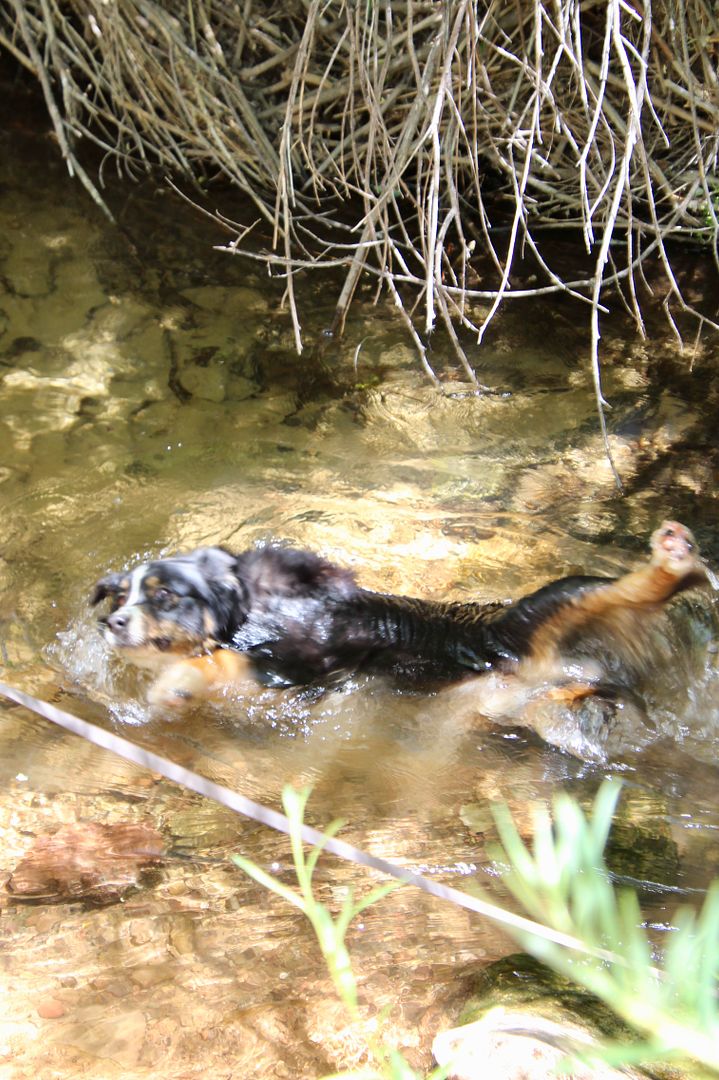
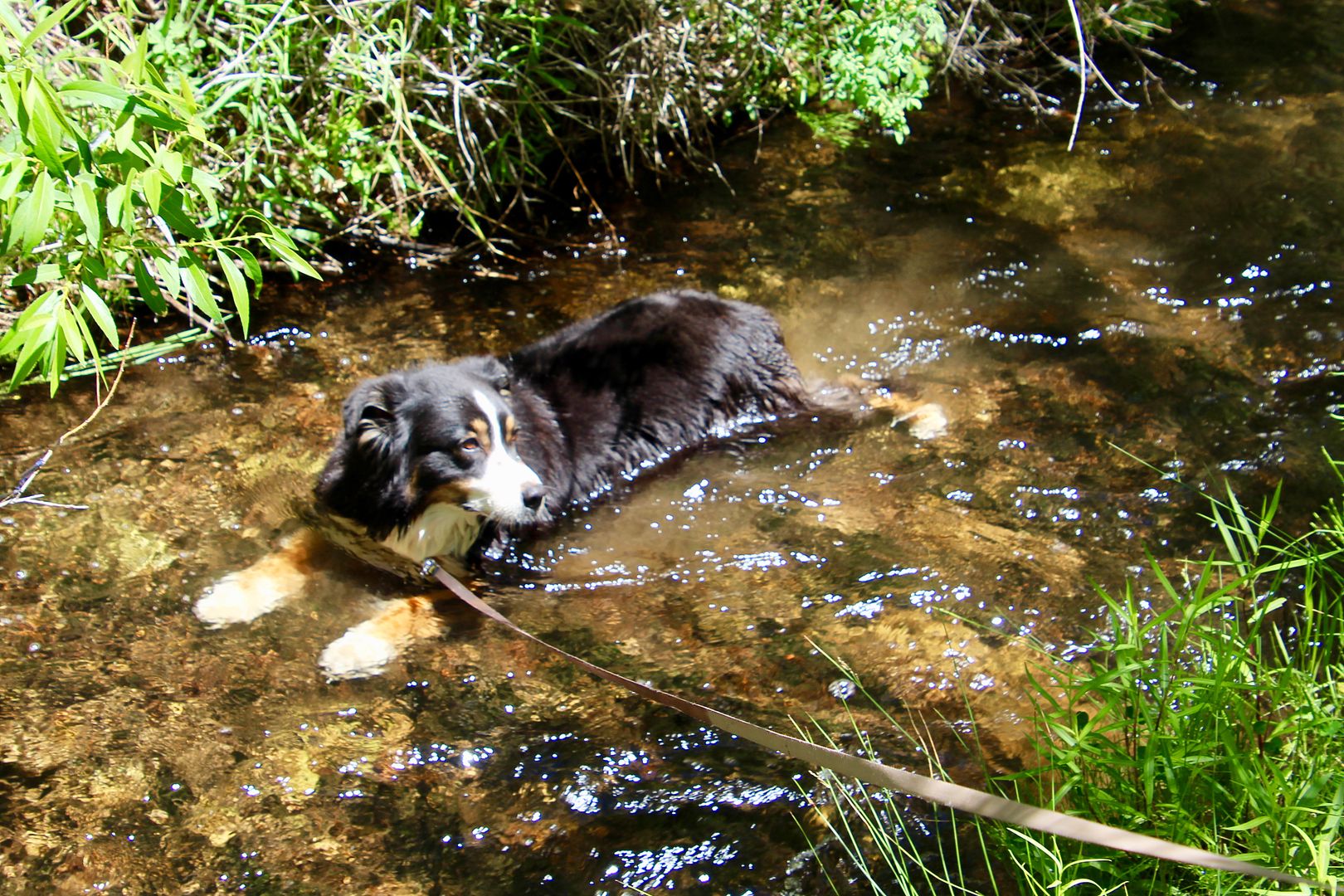
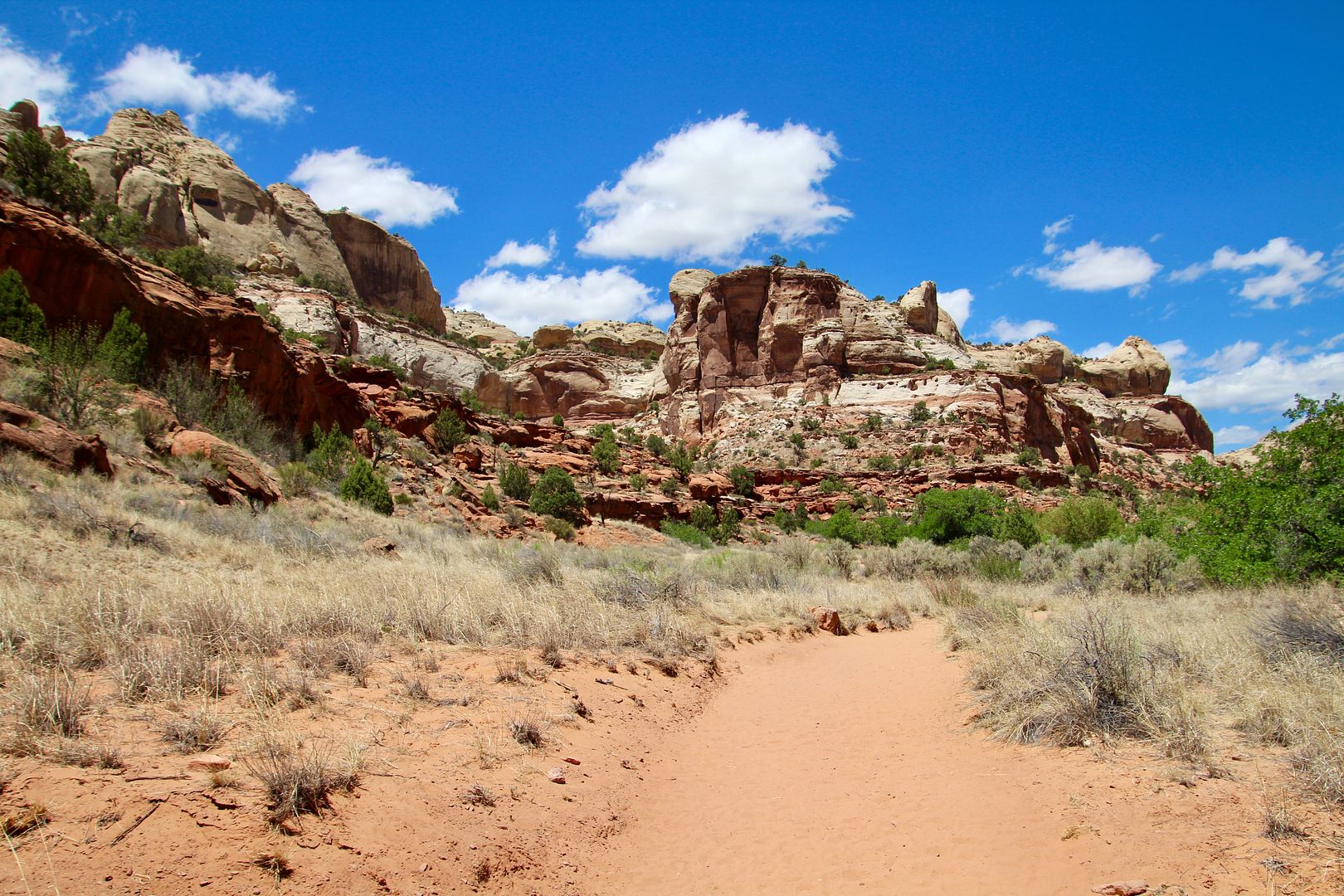
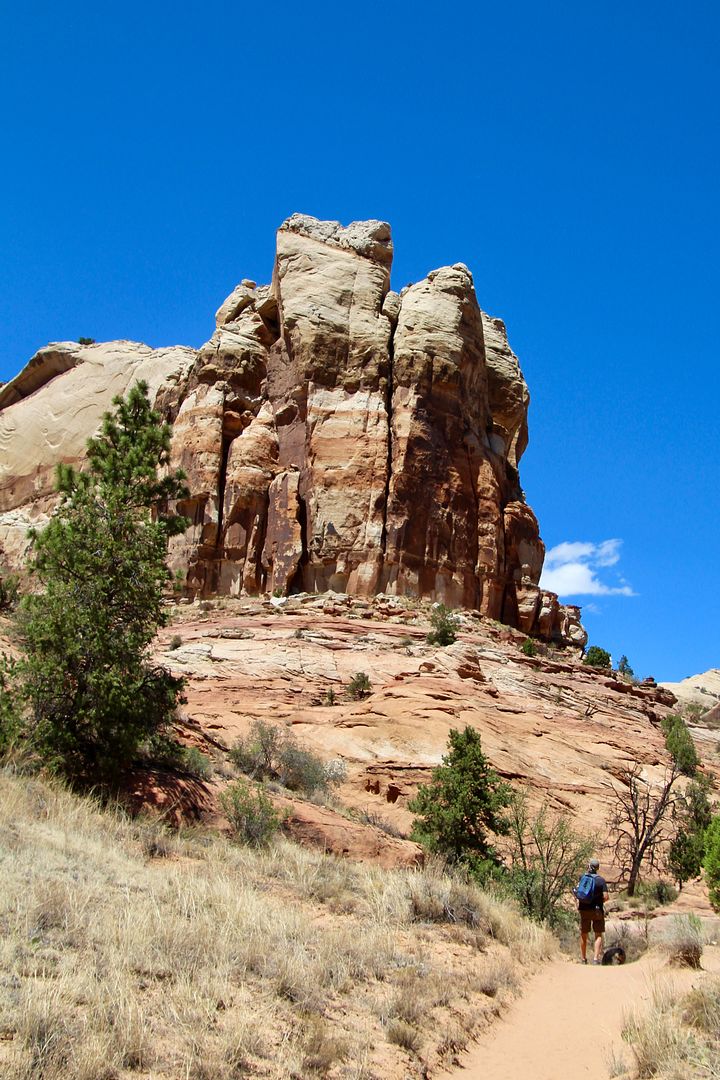
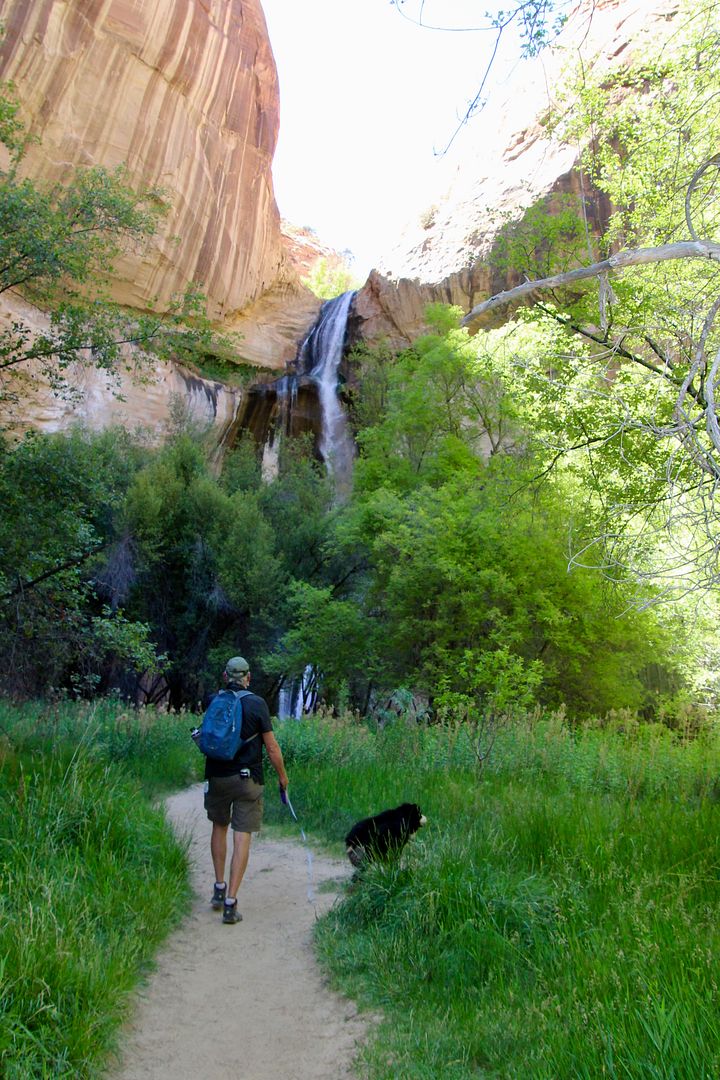
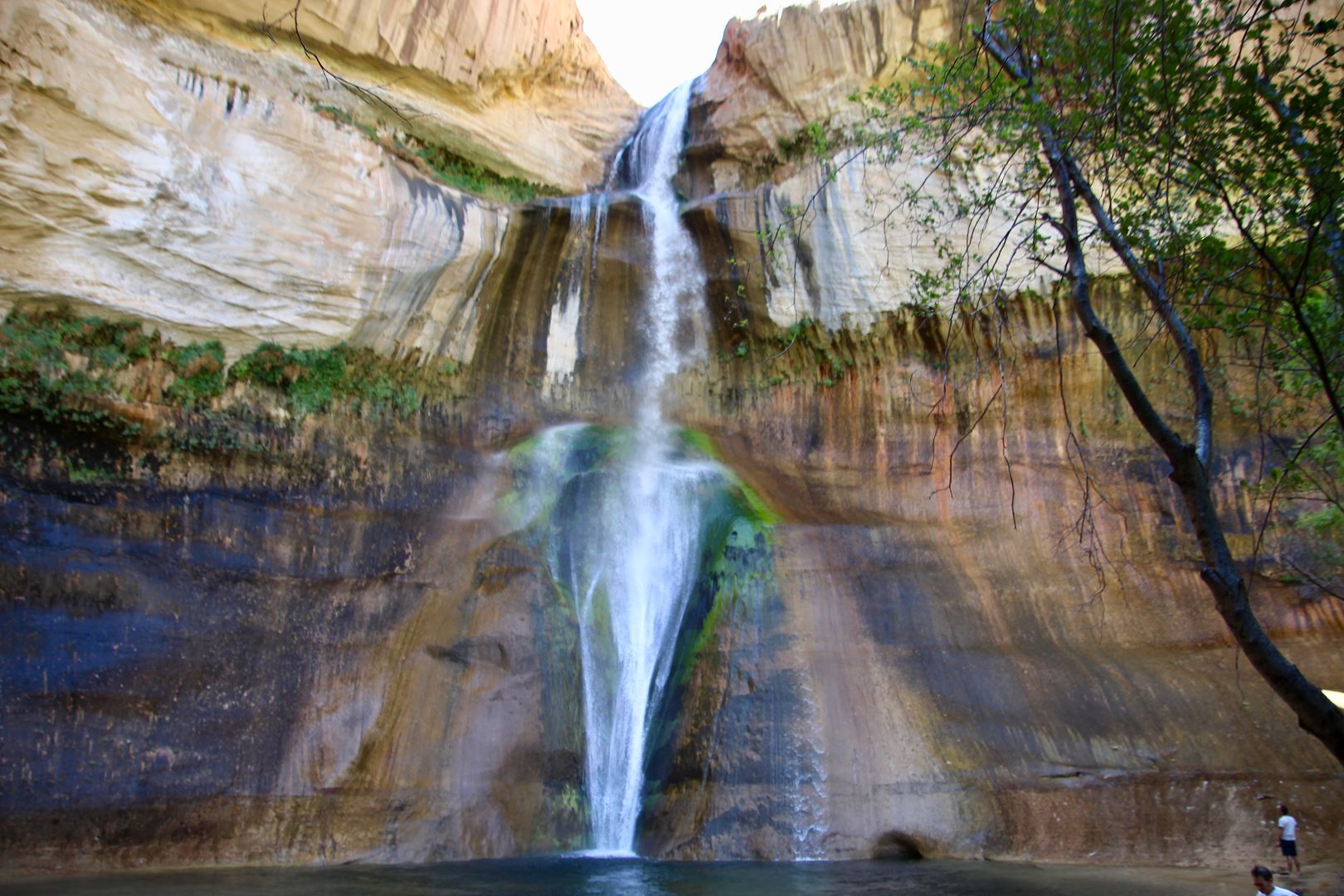

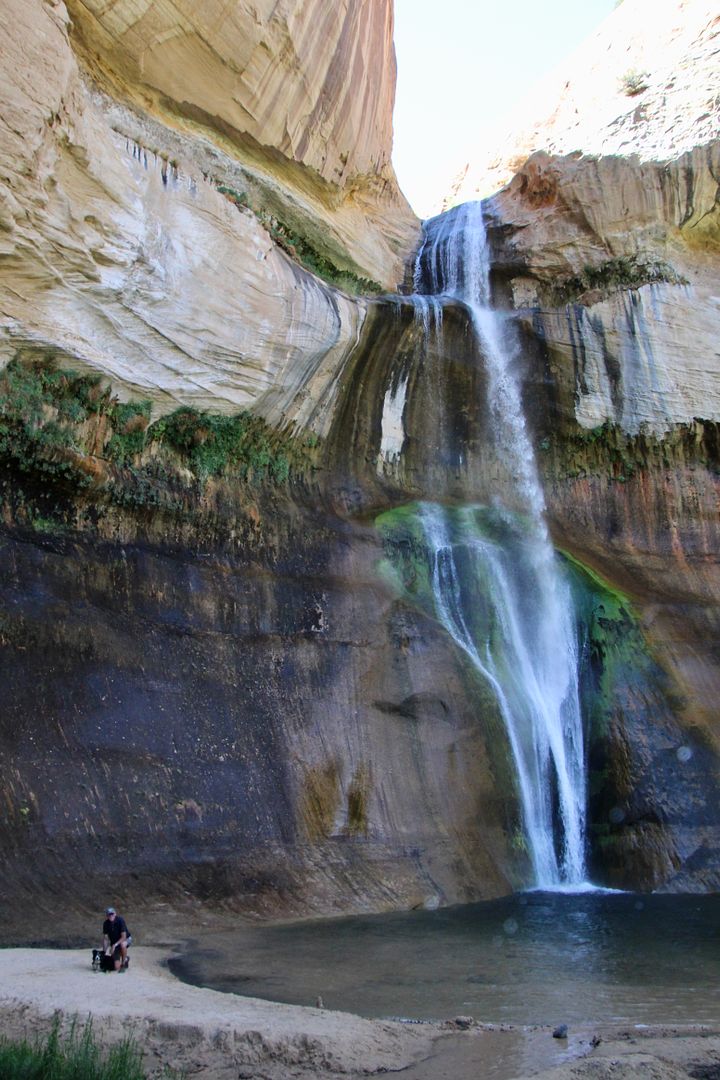
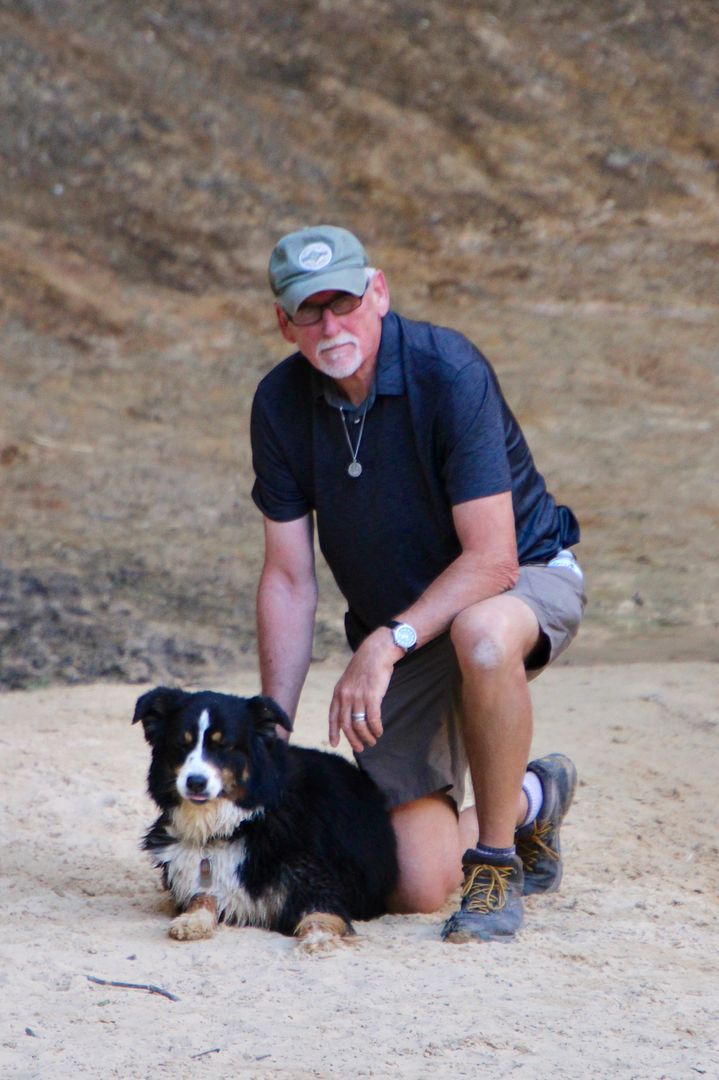

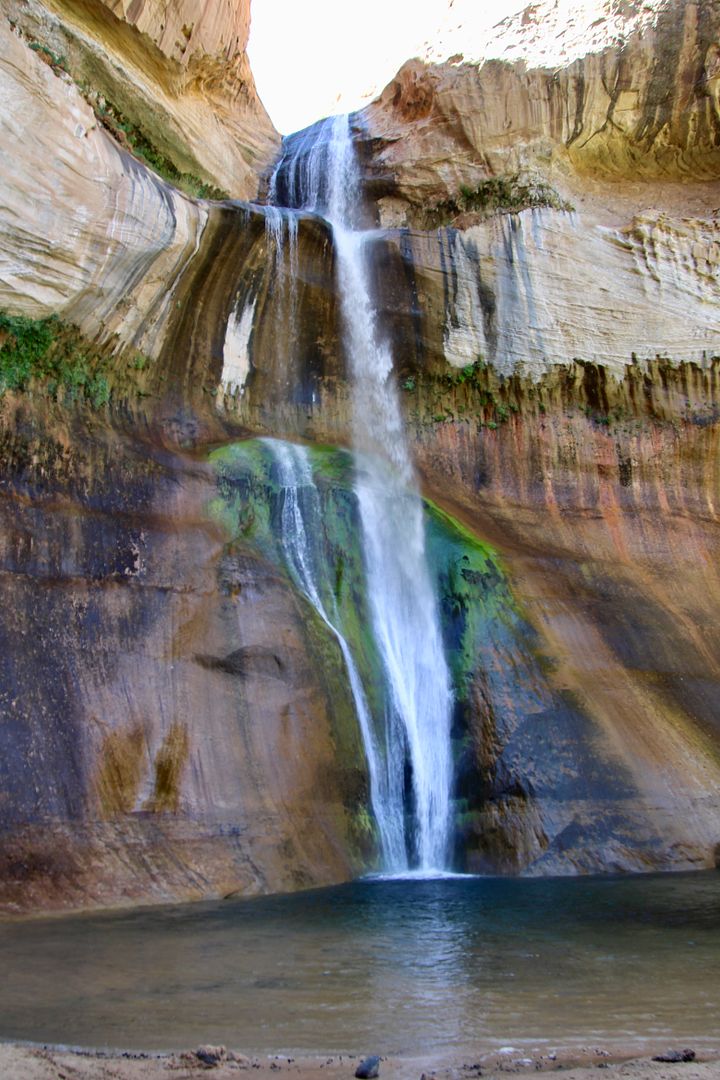
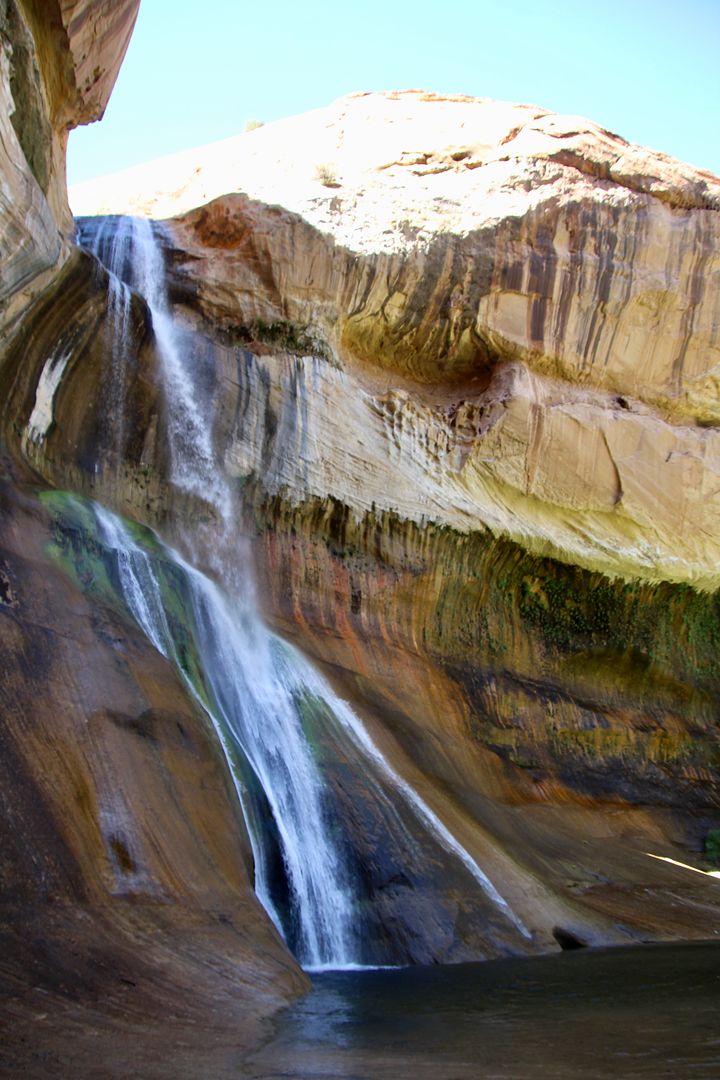
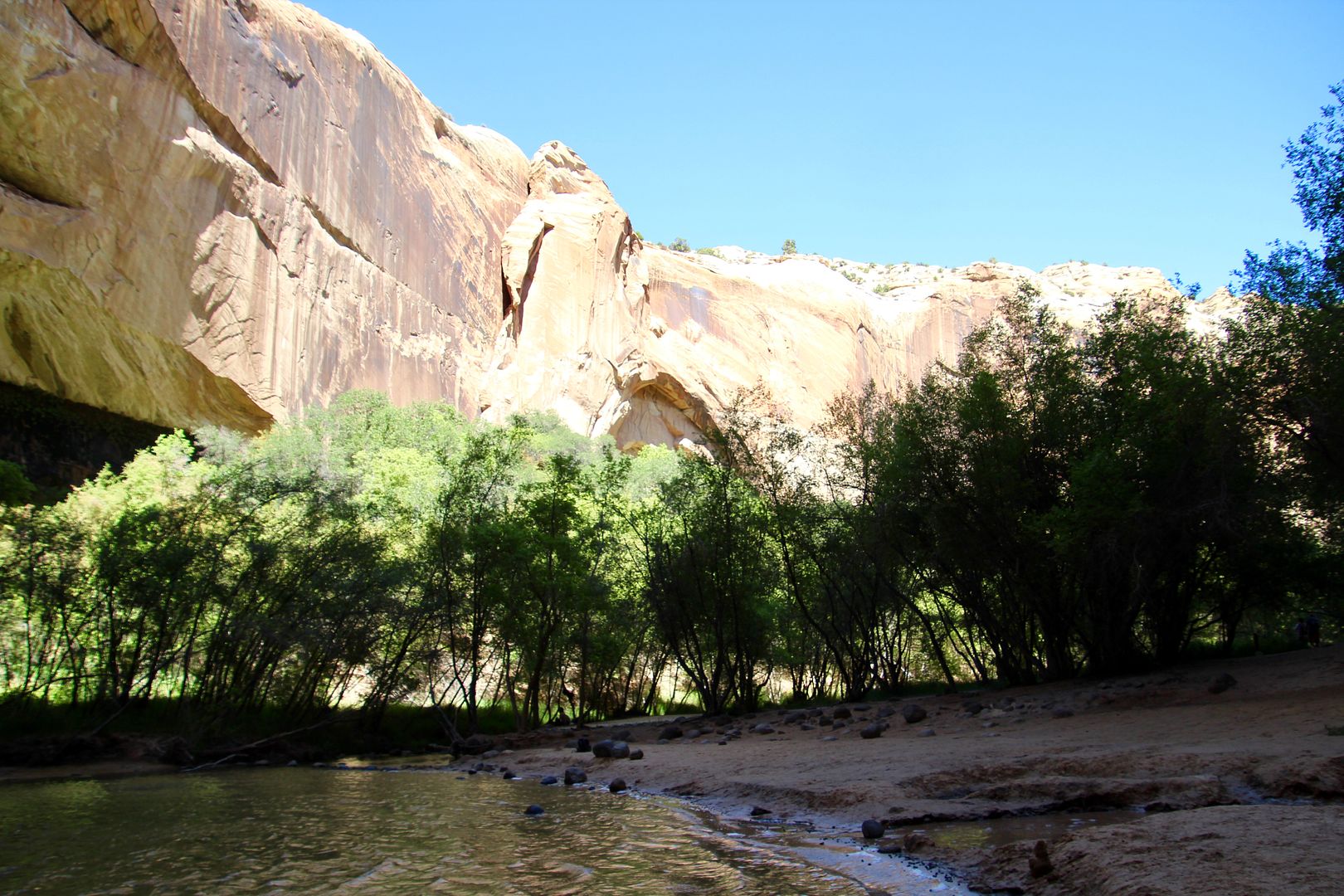
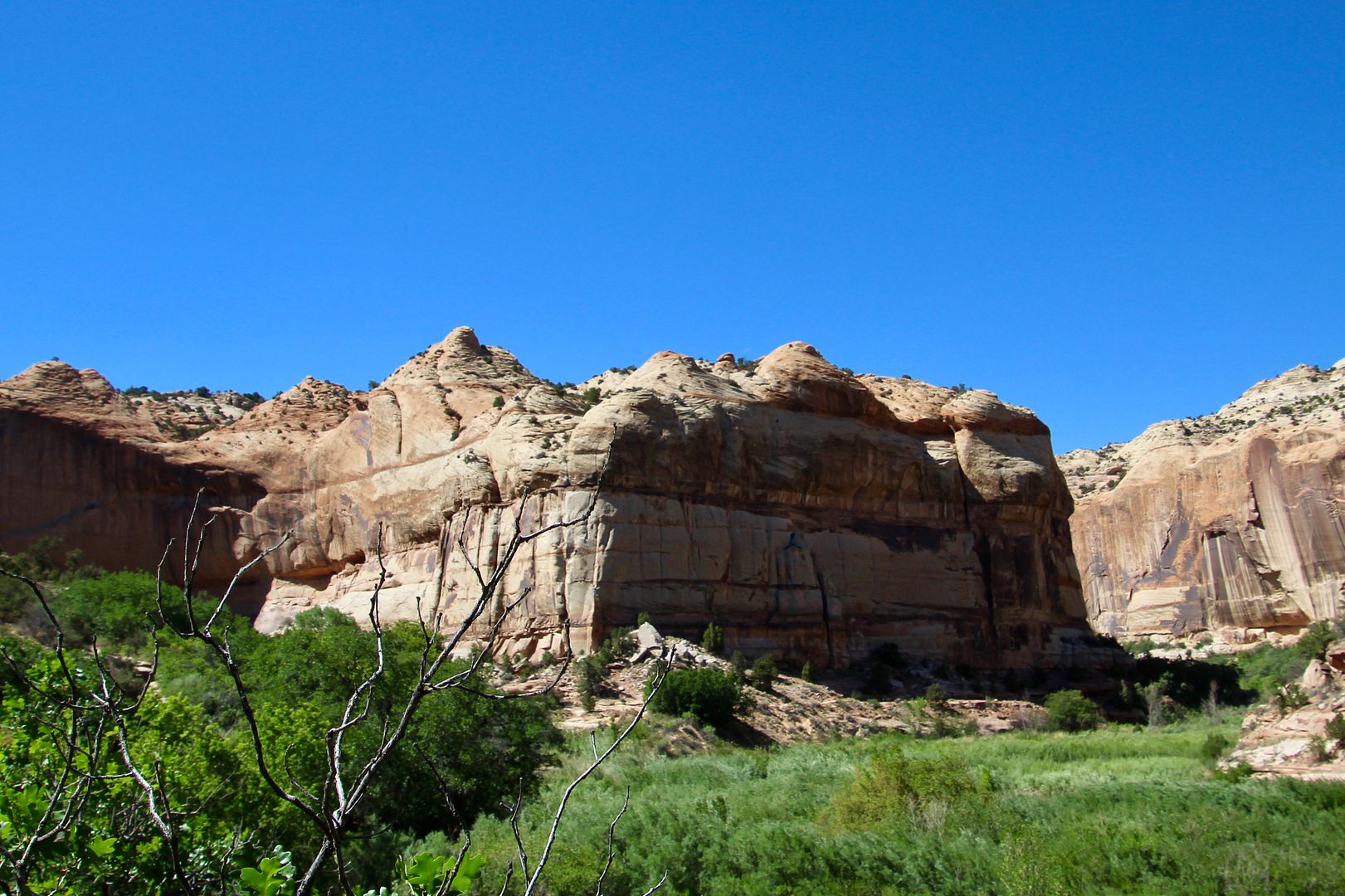
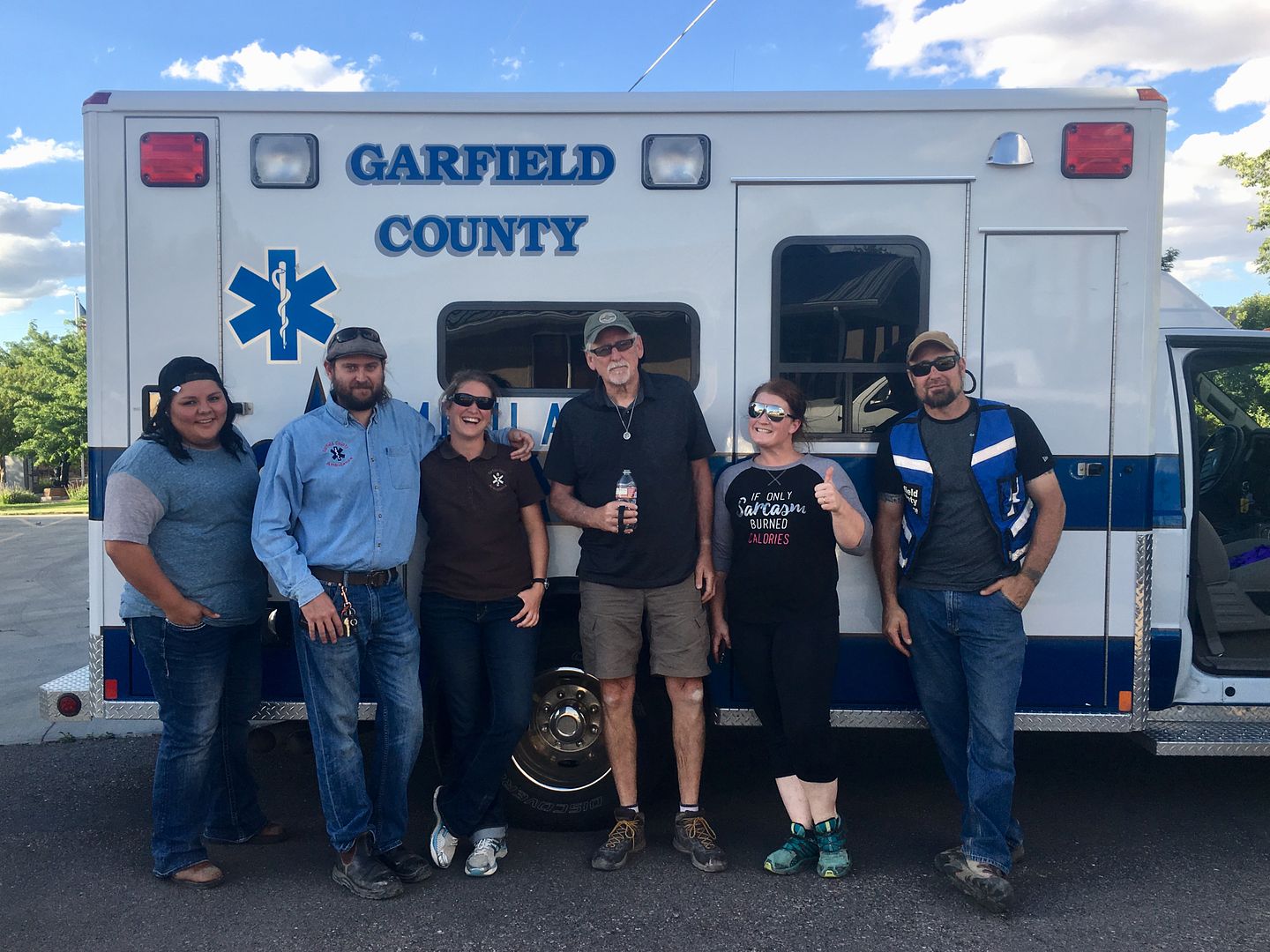
WOW sure glad this all turned out well.
ReplyDeleteSame thing happened to me on a hike in Byrce Canyon... I was almost back to the trailhead when I was extremely fatigued and would tire quickly, I could only hike about 50 feet and would be exhausted. Fortunately for us we were only a 1/10 of a mile from our car and when we got to it we drove to a nearby store and I downed a ton of gatorade as we thought it might be dehydration... all was better therafter but like the lesson you learned I will drink more water in arid envrnments...
ReplyDeleteThanks, Jim and Nanc. It was scary but definitely a lesson learned. We were not even out of water when it happened! Now I bug him to drink more water all of the time!
ReplyDeleteYes, hiking in those arid climates requires extra attention to hydration. I never realized that dehydration would cause the pulse rate to be so irregular (and so high!) And the cardiologist was very concerned. Stay well!
ReplyDelete